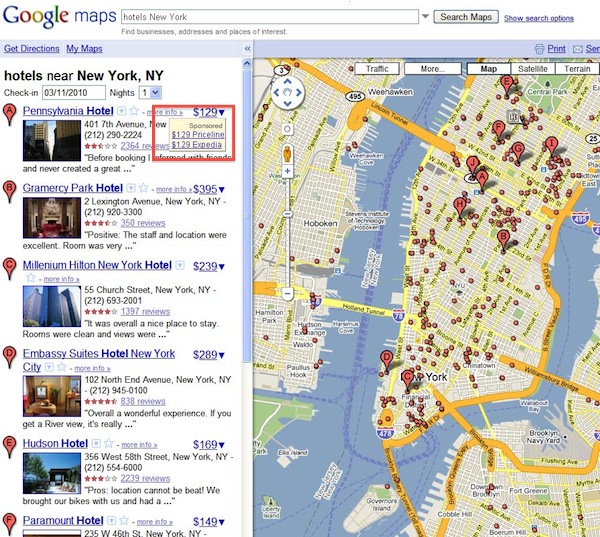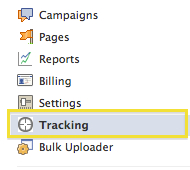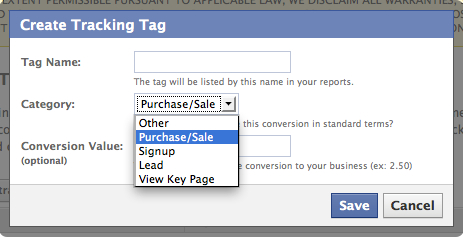In the previous article, we talked about starting a PPC business, and a little about differentiating yourself from your competition. Let’s take a look at practical ways to do this.
Differentiation
Given that the PPC provider market is crowded, you first need to figure out a point of differentiation.
Points of differentiation include level of service, locality, knowledge of an industry, price, level of awareness, etc.
Take a look at your competition and work out what you can do better, or how you can slice up the market to find a niche you can own i.e. can you specialize in a vertical, like consumer shopping or travel, or focus on one particular region? If so, is there enough of a market to make such a specialization worthwhile? Estimating market size can be a little tricky, but look for relevant industry reports and studies to help you.
Why is differentiation important? Copying someone else’s approach leaves you at a disadvantage, because you’ll always be one step behind.
A developed, competitive market, like PPC, isn’t kind to late-comers offering very similar services, so it’s a better idea to find a point of differentiation and work it hard in order to carve out a name for yourself. Those who come after you might be able to ape your approach, but not your experience. So long as you keep adapting to your market, and refining your offer, you’ll always be one step ahead of the copyists.
It’s not enough just to be different, of course. Being different by charging ten times what the market is charging won’t result in any extra business, unless someone can demonstrate ten times the value. Therefore, be sure to link your point of difference to a genuine value proposition. Answer the question “Why should someone pick you, and not the other guy”?
Developing The Message
Once you’ve decided on one or two points of difference that add real value, you next need to develop your message.
The message is a simple outline of what you do and the value you provide. It is also referred to as the elevator pitch in that it is short, succinct and to the point. It can be difficult to reduce your message to a clear paragraph, so here are a few tips on how to do it. One useful technique is to think of it in terms of questions and answers.
Ask, and answer, the following questions:
What value do you provide your customers?
This value has to be real, not imagined. For example, a provider might imagine a PPC customer values a traffic report hand delivered each month, but that might not be something real clients place any value upon. To find out what potential clients value, it pays to do a little market research. This could be as easy as attending marketing events and asking people questions about the frustrations they have with online marketing. Where there are frustrations, there is money to be made.
What problem do I solve?
If clients tell you their frustrations and problems, you can formulate solutions. It might sound simple, but often clients will pose their problems in the form of a solution, which can be a bit misleading. For example, I client might say “we really need some SEO!”. What the client probably needs is more web traffic, at a low cost, and of course, there are many ways to solve that particular problem, SEO being but one.
Blend the answers into a tight, focused two paragraph explanation of the problem you solve linked to the value you provide. It’s great if you can work in an explanation of why you’re the best person to provide this value.
For example:
“We are TravelClickMasters.com. We provide Pay Per Click services to the travel industry. Our services help travel companies boost visits to their web site, and increase booking rates. Typically, our clients have increased web site visits by over 300%, whilst lowering their overall PPC advertising costs, by using our specialized services. TravelClickMasters is run by Scott Jones, a marketer with 12 years experience in the travel industry”.
It won’t win any medals, but it’s a start 🙂
Note how we’ve emphasized the value we provide to clients. It often pays to be explicit i.e. “increased web site visits by over 100%”, as opposed to general i.e. “increased web site visits” because increasing site visits by a nominal figure isn’t something that screams value.
The rest of your copy should expand and support your key message. For example, use before/after case studies that demonstrate the value you create, in this case showing increased traffic levels and booking numbers. Use testimonials. Outline your experience and knowledge of your niche.
Next, test your message out on friends and colleagues. Are they crystal clear about what you do and the benefits your provide?
Note any word or term that causes confusion. For example, “Pay Per Click” is industry jargon. It is suitable to use such a term for people who have had experience of pay per click marketing, but you’ll need to recraft the message for a general audience. Decide who is the most likely audience for your website, and craft the message accordingly.
Web Design
Your web design needs to sync with your message.
First impressions really do count on the web. A study of website credibility factors found that people judged a websites credibility not by privacy policies, security, etc, but by how the website appeared. People will read further if your website looks and feels right.
Use the message as a key part of the the design brief. Web designers appreciate this detail, and will incorporate it into the design.
For example, if your brand is upmarket, then the website should look glossy. The same glossy design will not work for a brand based around low prices. The message would be mixed, and wouldn’t ring true.
Your Message Is Everything You Do
The way you answer the phone, the way you write emails, the way you present yourself should all support the message. If you specialize in, say, travel, you should be talking travel. You should use industry jargon and touch on industry issues.
So, the message is not just something you write on a webpage. It’s something you become. Going through this exercise is a great way of figuring out what it is you really want to become.








